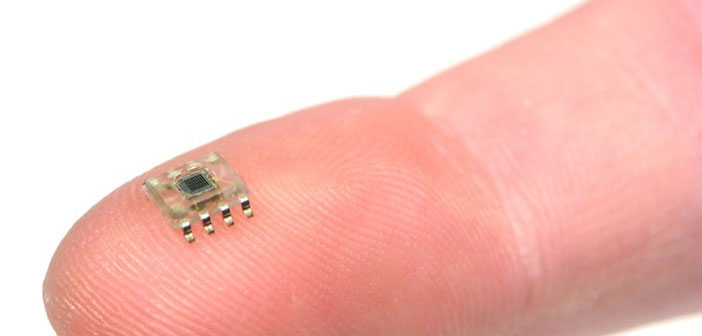Smart technology, in one form or another, has integrated itself in most parts of our everyday lives. Whether it’s through smartphones, digital payments or the fact that our fridge can now show us when we’re running out of milk, it’s transforming the way we go about most of the things we do.
But recent changes in the way we’re working mean we need to get smarter in our offices. More companies are moving to a flexible working structure, which means that they need to be intelligent with how they use their office space, and a third of employees that do still work in offices say that their current office environment has a negative impact on productivity1.
In this piece we explore how smart technology is being utilised in offices across the world to transform the workplace as we know it, making it more efficient, more sustainable and a more enjoyable place to work.
Say goodbye to temperature wars
Smart technology is being used in all aspects of an office environment. Let’s start by looking at technology that improves the experience in our workspace.
At the Amsterdam HQ of an international professional services firm, employees can use an app to control everything from booking meeting rooms through to their preferred coffee order. The concept of choice and control – which has been shown to be key to employee experience2 – is also well supported through the app.
Many of us are familiar with the ongoing war over temperature controls, with those who are too hot battling those who are too cold, but the app allows employees to control the temperature at their individual workspace.
In addition, it can be used to see where there are free desks in the building (which operates a ‘hot desk’ policy) and can even direct you to a different type of desk based on your schedule for the day (sitting desk, standing desk, work booth and so on…) and your temperature preference.
A building that knows how you feel
Arup, an engineering consultancy, have had a ‘sentiment cocoon’ implemented in their office, which measures how employees are feeling on a given day.
It is a 20m tall light installation hanging in the centre of the building which changes colour based on input from employees (using a London Oyster Card to register, albeit anonymously), which they can provide using one of the terminals situated on each floor of the building.
Whilst at present this is described as more of an architecture project than one about gaining meaningful insight on employee experience, it is clear to see that there are opportunities to capitalise on monitoring this through recognising patterns. This could be through monitoring mood changes with the announcement of a new strategy or quarterly results, or even something simpler, such as changing menu choices in the canteen.
Microchipping employees
At Epicenter, a hi-tech office block in Sweden, giving employees access to services using smart technology has been taken to a new level.
Employees working in the building have been offered the opportunity to have a tiny microchip – about the size of a grain of rice – implemented under their skin, which lets them gain entry to the building, use the photocopier and pay in the café by touching their hand on a reader without the need for any kind of employee ID card.
PA: Personal Android?
The concept of robots carrying out tasks such as security, managing reception and acting as a personal assistant is also being explored by some companies.
At Mitsukoshi, a department store in Japan, they have implemented a life-like robot to act as a receptionist for the store. Similarly, the Nanyang Technological University has implemented a robot, which can exhibit personality, moods and emotions, as a receptionist.
Other robots can read your emotions and react accordingly, which many believe will lead to it taking on a personal assistant role. Although for some, the role of a personal assistant could simply be filled by voice activated technology, such as Amazon Alexa, Google Assistant, Microsoft Cortana or Apple’s Siri.
Driving efficiency
Whilst most of the concepts explored above are about enhancing employee experience, in many cases they also play a part in driving efficiency.
The employee app comes with a dashboard that tells the Facilities Team which parts of the office are not in use so that there is no need for cleaning or replenishment of consumables/stationery and the temperature in unoccupied parts of the building does not need to be regulated.
It also supports hot desking and working in a more agile way, which means that they only have 1,000 desks for approximately 2,500 employees, reducing the space that would have been wasted by those adopting a more flexible working style.
Where robots are concerned, there are clear efficiency opportunities through the automation of tasks such as managing reception, cleaning, providing security checks and acting as a personal assistant.
Whilst we can see from the above that there is a wealth of technology making its way into offices, it’s still taking some time for the business world to adapt. Many have dipped their toes in the water by implementing digital meeting rooms or cashless canteens, but over the next five years we should expect to see many of the concepts above becoming the norm in offices across the world.
1What Workers Want, a report from British Council for Offices and Savills, 2016 (p11)
2What Workers Want, a report from British Council for Offices and Savills, 2016 (p5)







